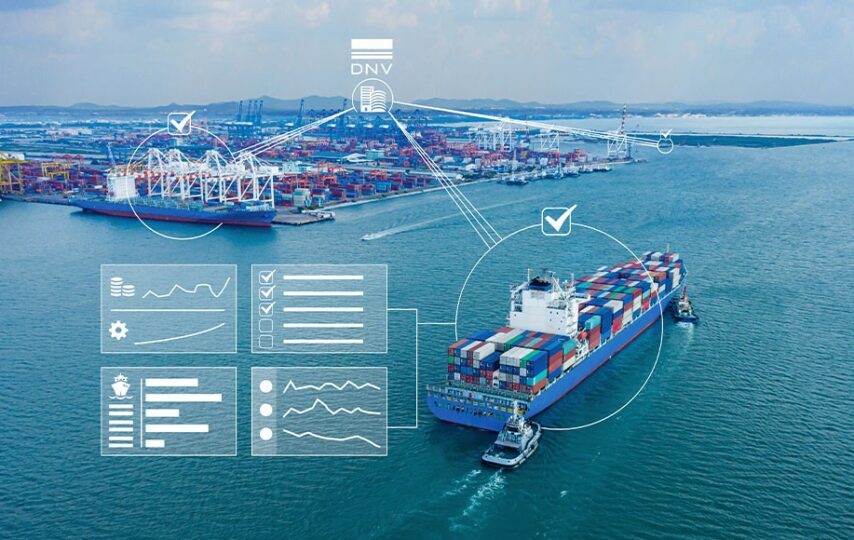The maritime industry has long been a cradle of innovation, and today, it stands on the precipice of a digital revolution driven by the Internet of Things (IoT). One of the critical sectors harnessing this transformative technology is marine engineering.
With the constant need for marine engineers to safely optimize maritime operations, IoT has emerged as a beacon of hope, offering solutions that redefine how we navigate and manage vessels at sea.
The Role of IoT in Marine Engineering
IoT’s fundamental component is the internet-based interconnection of various devices and sensors for data collection and exchange. This idea is translated into a network of sensors, cameras, and smart devices in maritime engineering that are built into ships, offshore rigs, and port infrastructure. Real-time monitoring, data analysis, and remote control are made possible by these interconnected systems, which improve maritime industry productivity, security, and sustainability.
Navigational Advancements
One of the most prominent applications of IoT in marine engineering is navigation. Ships equipped with IoT-enabled sensors can gather data on weather conditions, water currents, and vessel performance. This real-time information allows for more precise route planning, helping ships avoid dangerous weather patterns and optimize fuel consumption.
Enhanced Safety
Safety at sea is paramount, and IoT plays a crucial role. IoT sensors can detect potential hazards such as fires, leaks, or equipment malfunctions, enabling early intervention to prevent disasters. Furthermore, IoT-connected lifebuoys and vests equipped with GPS can improve search and rescue operations, reducing response times in emergencies.
Efficiency and Sustainability
IoT in marine engineering also contributes to sustainable practices. Vessels can monitor fuel consumption and emissions, allowing for better environmental stewardship. Additionally, IoT helps optimize maintenance schedules by providing real-time data on equipment health, reducing downtime and repair costs.
IoT Marine Engineering in Practice
To illustrate the practical application of IoT in marine engineering, let’s consider the case of huge engineering companies providing marine engineering solutions. These companies utilizes IoT technology to enhance the performance and safety of maritime operations. Their IoT systems are integrated into vessels, enabling remote diagnostics and predictive maintenance.
Challenges and Future Prospects
While the benefits of IoT in marine engineering are evident, challenges remain. Cybersecurity threats and data privacy concerns must be addressed to safeguard connected systems. Additionally, the maritime industry faces the challenge of adapting to rapidly evolving technology.
Looking ahead, the future of IoT in marine engineering holds immense promise. As technology advances, we can expect even greater integration of artificial intelligence, machine learning, and automation into maritime operations. These developments will improve efficiency and safety and pave the way for autonomous shipping.
Bottom Line
In conclusion, IoT is ushering in a new era for marine engineering, offering innovative solutions to age-old challenges. With real-time data, enhanced safety measures, and a commitment to sustainability, the maritime industry is poised to navigate the future seas confidently. As exemplified by huge engineering companies, embracing IoT is not merely an option but a necessity for staying competitive and secure in the evolving world of marine engineering.







